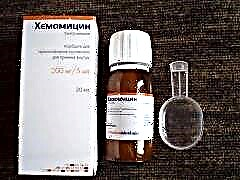
Azithromycin-based antibacterial drugs are very popular in the treatment of childhood infections. This is due to the wide range of antimicrobial effects of such agents and their relative safety, which allows them to be used even in infants. One of these drugs is Hemomycin. Especially for small patients, it is released in the form of a suspension.
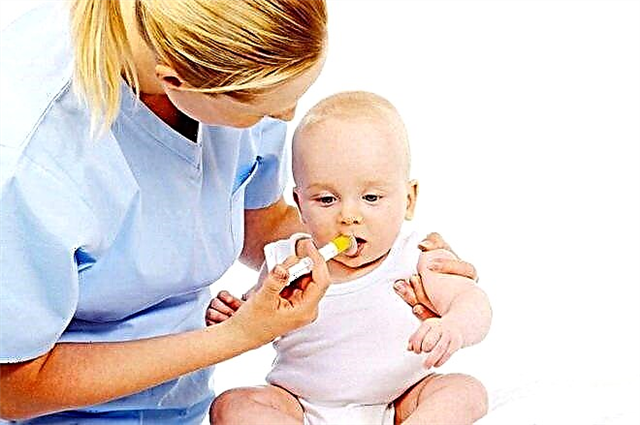
Release form
Hemomycin is one of the products of the renowned pharmaceutical company Hemofarm from Serbia. It is not sold as a ready-made suspension, but is presented in dark glass bottles, inside which there is a white powder with a fruity aroma. After adding water to the inside of the bottle, a white liquid is formed, which has a fruity smell. It tastes sweet, which is why sometimes parents and doctors call this "Hemomycin" syrup.
In addition to the bottle and paper instructions, the box also contains a dosage spoon that can hold 5 ml of suspension. Such a spoon is translucent and marked with a line by which 2.5 ml of liquid medicine can be measured. In addition to this form, "Hemomycin" is also produced in capsules of 250 mg, in coated tablets with a dosage of 500 mg and in an injectable form (lyophilisate in vials of 500 mg).
Solid forms are contraindicated in children under 12 years of age, and injections are not prescribed for patients under 16 years of age.
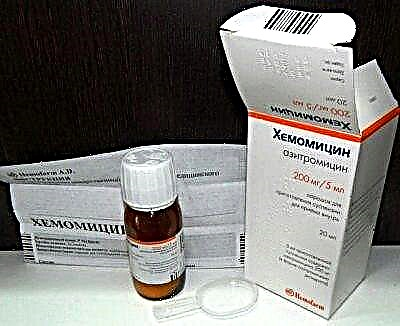
Composition
The main component of "Hemomycin" is a substance with antibacterial action called azithromycin. It is contained in the powder in the form of a dihydrate and, in terms of pure azithromycin, is presented in 5 milliliters of the finished liquid medication at a dosage of 100 mg or 200 mg. Among the inactive ingredients of the drug are sorbitol, colloidal silicon dioxide, calcium carbonate, xanthan gum, and sodium phosphate.
The sweet taste of this form of "Hemomycin" is provided by sodium saccharinate. For a pleasant smell, strawberry, cherry and apple flavors are added to the medicine.
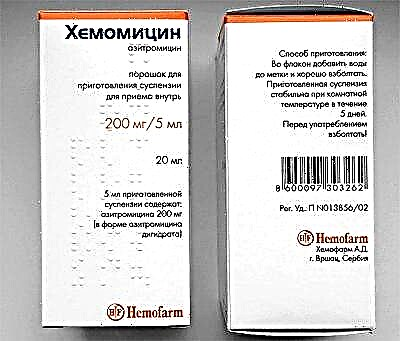
How does it work?
According to its structure and mechanism of action, "Hemomycin" belongs to a subgroup of macrolide antibiotics called azalides. The drug has a bacteriostatic effect on a large list of microorganisms, and in a very high concentration it can destroy pathogens. In moderate doses, such an ingredient inhibits the synthesis of proteins in the cells of harmful microorganisms, which slows down their reproduction. The suspension acts on the following microbes:
- pneumococci;
- whooping cough sticks;
- pyogenic streptococci and other groups of streptococci;
- bacteroids;
- hemophilic sticks;
- mycoplasma;
- Staphylococcus aureus;
- moraxelles catarralis;
- para-pertussis sticks;
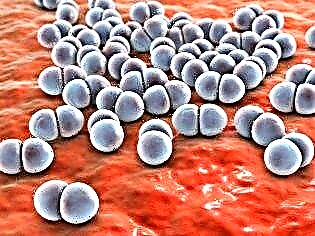
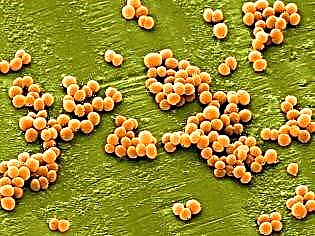
- campylo- and helicobacters;
- legionella pneumophila;
- clostridia;
- gonococci;
- peptostreptococci;
- chlamydia;
- pale treponema;
- borrelia;
- gardnerella;
- ureaplasma.

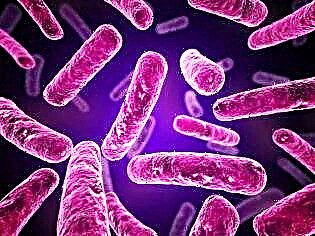
However, some gram-positive microbes that have developed resistance to erythromycin are also insensitive to the active substance "Hemomycin". Azithromycin is absorbed from the suspension in the gastrointestinal tract rather quickly and after 2.5–3 hours its amount in the plasma becomes maximum. The substance actively penetrates into the tissues of various organs and creates high concentrations in them.
Since it is able to accumulate inside cells, "Hemomycin" is effective against intracellular microorganisms. Metabolic changes of the drug take place in the liver, half of the dose is eliminated for the first time 8-24 hours after ingestion, and the remaining amount leaves the body within 24-72 hours. Such features and long-term preservation of azithromycin in the foci of infection (up to 5-7 days) allow the use of the medication in short three- and five-day courses.

Indications
The reason for prescribing "Hemomycin" is an infectious disease caused by one or more of the drug-sensitive microorganisms. The suspension is prescribed for the following diseases:
- angina;
- pneumonia;
- tracheitis;
- urethritis;
- otitis media;
- sinusitis;
- bacterial bronchitis;
- scarlet fever;
- erysipelas;
- dermatitis (secondary infection);
- borreliosis;
- impetigo.


At what age is it assigned?
"Chemomycin" in a lower dosage (100 mg / 5 ml) can be given from 6 months, and a more concentrated suspension (200 mg / 5 ml) is used in children over a year old. If an antibiotic is required for a newborn baby, then another drug is selected that is approved at an early age.

Contraindications
Suspension "Hemomycin" should not be taken in such cases as:
- if a small patient has an intolerance to azithromycin or another component of the drug;
- if the child cannot tolerate any other macrolide antibiotics;
- if the child has a serious liver disease that has impaired its detoxification function;
- if the patient has been diagnosed with impaired renal function.
If the rhythm of the heartbeat, myasthenia gravis or dehydration is disturbed, the medicine is prescribed with caution.

Side effects
The child's body does not always tolerate treatment with "Hemomycin" well. Some children complain of nausea or abdominal pain after taking the medicine. In about 5% of cases, the use of the suspension leads to loosening of the stool. In more rare cases, other negative symptoms are possible, for example, headache, palpitations, constipation, sleep disturbances, decreased appetite, and others. In some patients, the suspension may provoke dermatitis, itching of the skin, rash or other allergic reaction.
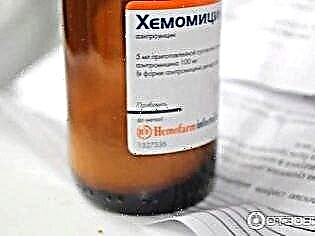

How to use?
To obtain a suspension from the powder, you need to do the following:
- prepare water - boil it and cool it;
- pour water into the bottle up to the mark;
- close the bottle and shake the contents;
- check that the volume of the suspension corresponds to the label on the bottle;
- if the upper level of the liquid medicine is below the mark, add more water and shake again.
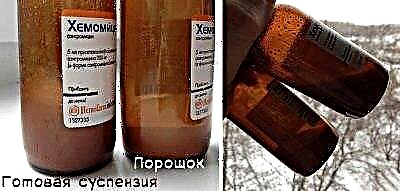
Every day before each use of the medicine, it is required to additionally shake it, because during storage the active substance will settle to the bottom. It is not required to dilute the suspension additionally in a spoon or glass. When the child swallows the drug in the dose prescribed by the doctor, it is recommended to drink it with a small amount of liquid so that the agent remaining in the oral cavity also gets into the stomach.
After dilution, the child needs to be given the drug only once a day, since the presence of food in the stomach affects the absorption of the active component of the suspension. It is recommended to take "Hemomycin" in liquid form about an hour before meals.
If the child has just eaten, the medication should be postponed for at least 2 hours.
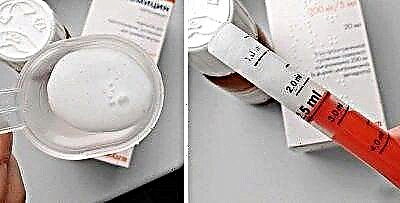
If the mother accidentally forgot to give the baby another dose, it should be taken as soon as it is remembered. All of the following doses are given 24 hours apart. Treatment regimens with "Hemomycin" depend on the diagnosis, and the dosage must be calculated by the weight of the baby. For example, if a child has bronchitis, otitis media or other infection of the respiratory system and ENT organs, he is prescribed a 3-day course of "Hemomycin" and is given 10 mg / kg of the drug per day. The same dosage is used for soft tissue or skin infections.

Average daily doses, depending on the concentration of azithromycin in the suspension and the patient's body weight, can also be found in the paper annotation (they are indicated in the table). The treatment regimen for erythema migrans provides for a 5-day intake of a suspension in a higher dose on the first day of therapy - 20 mg / kg, and in a standard dosage on the second-fifth days - 10 mg / kg.
Approximate dosages in accordance with the weight of the child are also indicated in the tables, which can be found in the instructions attached to the bottle. If a child weighing less than 45 kg has been diagnosed with an infection of the genitourinary organs, "Hemomycin" is given to such a patient once at a dosage of 10 mg / kg. With a body weight of more than 45 kg, doses are used as in adults.
Overdose
If, through negligence, the child drank a large dose of "Hemomycin", this will provoke nausea, diarrhea or vomiting. And also in case of an overdose of medication, hearing may be temporarily lost. To eliminate such symptoms, it is necessary to rinse the stomach and call a doctor to prescribe symptomatic treatment.

Interaction with other drugs
If the child is simultaneously treated with antacids, the absorption of "Hemomycin" will worsen. When combined with digoxin preparations, their concentration will increase. If you combine the use of a suspension and treatment with warfarin, then a more pronounced anticoagulant effect is possible. The use of other antibiotics may interfere with the effect of Hemomycin. So, when combined with chloramphenicol or tetracyclines, azithromycin will have a stronger effect, and when used with lincosamines, its effect is weakened.
Since azithromycin has the ability to inhibit microsomal oxidation in liver cells, this can affect the toxicity of drugs that undergo such oxidation - cyclosporine, phenytoin, theophylline, methylprednisolone, valproic acid and others.

Terms of sale and storage
To buy a suspension in a pharmacy, you need a prescription from a doctor, so a preliminary examination of the child by a doctor is required. The average price of one bottle with azithromycin concentration in a ready-made suspension of 100 mg / 5 ml is 140–150 rubles. A drug with a high antibiotic content (200 mg / 5 ml) costs about 230–250 rubles. It is recommended to store this form of "Hemomycin" at home at a temperature not higher than +25 degrees.
The sealed bottle can be kept for the entire shelf life of 2 years. After mixing the powder with water, the suspension can be stored at room temperature by placing the bottle out of the reach of children. In this case, the shelf life of the diluted drug is reduced to 5 days.
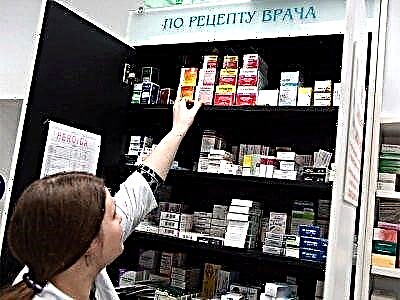
Reviews
The use of the Hemomycin suspension in children almost always responds well. In isolated negative reviews, adverse reactions are mentioned, for example, an allergic rash or nausea. And also there are complaints about the short shelf life of the liquid preparation.
However, in most cases, the drug is called effective, affordable and convenient to use, because it needs to be given to the child in a short course and only once a day.

Analogs
The most popular analogue of "Hemomycin" can be called "Sumamed". One form of this antibiotic, which also contains azithromycin, is strawberry suspension powder. 5 milliliters of the finished preparation contains 100 mg of the active ingredient, and the medicine that can replace the more concentrated "Hemomycin" (also contains azithromycin at a dose of 200 mg / 5 ml) is called "Sumamed Forte".
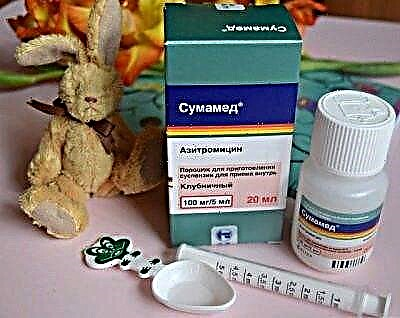
Among other drugs, the action of which is provided by azithromycin, the following are released in suspension:
- "Azitrox";
- "Azithromycin Zentiva";
- AzitRus;
- "ZI factor".
Any of these drugs can, if necessary, replace "Hemomycin" or "Sumamed". In addition, the doctor may prescribe another antibiotic from the macrolide group, for example, Wilprafen, Klacid, Macropen, Klabax or Rulid.
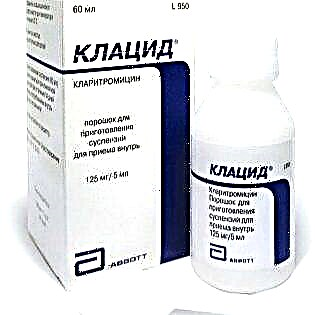
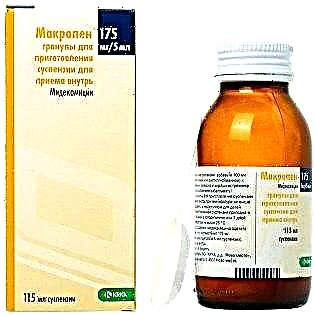
If a small patient is found to be allergic to azithromycin, it is necessary to use antimicrobial drugs of other groups.
- "Flemoxin Solutab"... Such a penicillin antibiotic is not presented in liquid form or powder, but in tablets that can dissolve in water. They act on various bacteria thanks to amoxicillin. One of the advantages of the drug is the possibility of using it at any age.
- Augmentin. As part of such a drug, clavulanic acid was added to amoxicillin in order to expand the spectrum of antibacterial effects. In the form of a suspension, the medication is given even to infants.
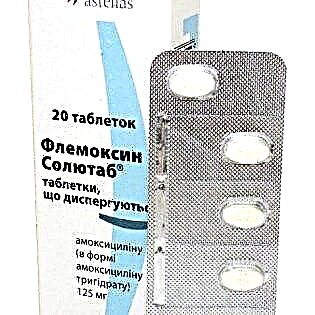
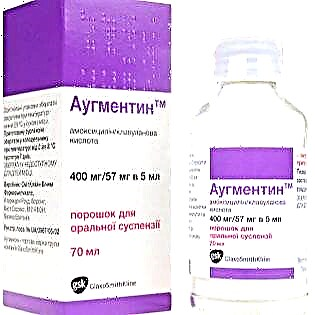
- "Suprax". Granules are one form of this cephalosporin. When diluted with water, they become a sweet strawberry suspension containing cefixime. Like Hemomycin, this antibiotic has been approved since 6 months of age.
- "Zinnat". This is another drug of the cephalosporin group, but its action is provided by cefuroxime.
In the form of a suspension, this antibacterial agent can be given to babies over 3 months old.
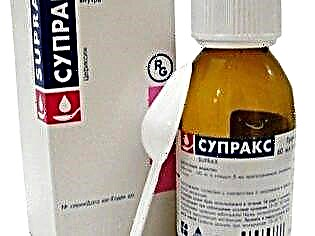
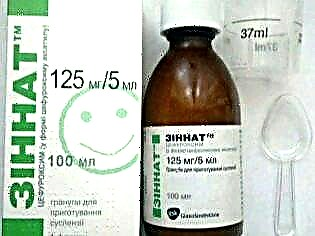
For information on how to properly prepare the Hemomycin suspension, see the next video.



